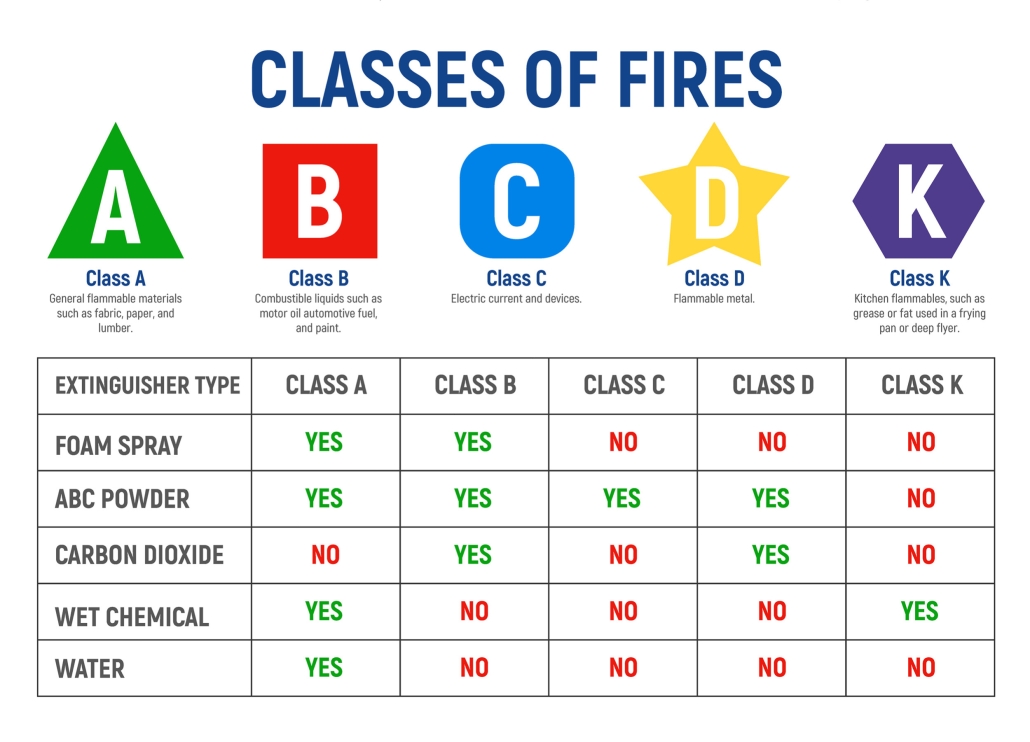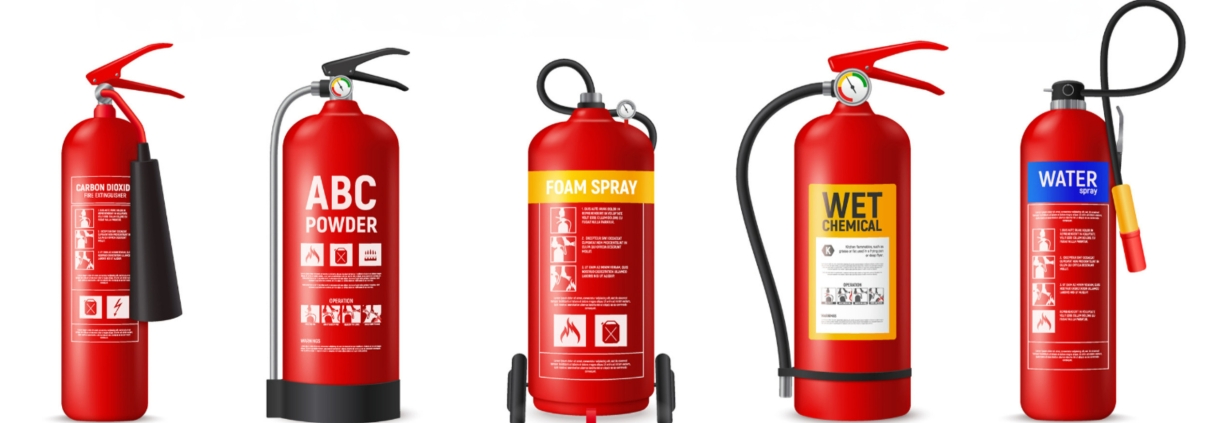Fire Extinguishers 101: A Quick Renovation Safety Win
There’s a lot to think about when you’re renovating—design choices, permits, timelines—but have you thought about fire safety? Specifically, whether your home has the right fire extinguisher?
It’s not the flashiest part of a home upgrade, but adding or updating fire extinguishers during renovations is one of the smartest, simplest ways to improve safety—and peace of mind.

Why It Belongs in Your Renovation Plan
Renovations often mean changes to layouts, materials, and electrical systems—all of which can affect fire risk. While you’re already in improvement mode, take a moment to plan for what you’d do in case of a fire.
Adding a fire extinguisher (or a few) isn’t about being paranoid—it’s about being prepared. And if you’ve already got one sitting in a dusty corner from a decade ago, this might be the perfect time for an upgrade.
So… What Kind Should You Get?
You’ve probably seen different “types” of extinguishers: A, B, C, maybe even K. But here’s the simple version: for most homes, a multipurpose ABC extinguisher covers the basics—fires from wood, paper, fabric, grease, and electrical.
If you’re renovating a kitchen or garage, that’s where specialty types come in. For example, Class K is used in kitchens for grease fires. You don’t need to memorize every code—just make sure you have the right one in the right spot.

Where to Put Them
- Kitchen: Always. Most household fires start here. Keep an extinguisher within easy reach but not right next to the stove.
- Garage or Workshop: If your renovation includes a tool zone, install one here—especially near flammable materials.
- Basement: Finishing a basement? Great time to include fire safety in the plan, especially near furnaces or laundry areas.
- Each Floor: It’s a good idea to have at least one extinguisher per floor—think of it like smoke detectors.
Bonus Points for Smart Placement
Just like you’d plan where outlets and switches go, think about where your extinguishers will live. They should be visible, accessible, and regularly checked (they do expire!).
And if you’re upgrading cabinets, pantries, or closets—consider carving out space for emergency gear that still looks clean and integrated into your design.
Renovation Safety for Quebec Homes
In Quebec, where homes face cold winters, wood-burning stoves, space heaters, and older heating systems, fire prevention isn’t optional—it’s essential. Renovations give you a real chance to modernize how your home handles risk.
Think of fire extinguishers as part of a layered defense—along with smoke alarms, carbon monoxide detectors, and smart home alerts. It’s not about overengineering—it’s about being thoughtful with the updates you’re already making.
Part of the Bigger Picture
When you upgrade your home, you’re not just improving how it looks—you’re upgrading how it works, how it feels, and how it protects the people in it. Fire extinguishers might be small, but they play a big role in that equation.
So while you’re choosing tile and lighting, don’t forget to pick up a fire extinguisher—or make space for one you’ll actually use. It’s a five-minute decision that could save a home.

Next Steps
Want to learn more simple ways to stay safe during a renovation? Carbon Monoxide safety tips or check carbon monoxide detector placement to build a safer, smarter home from the ground up.



